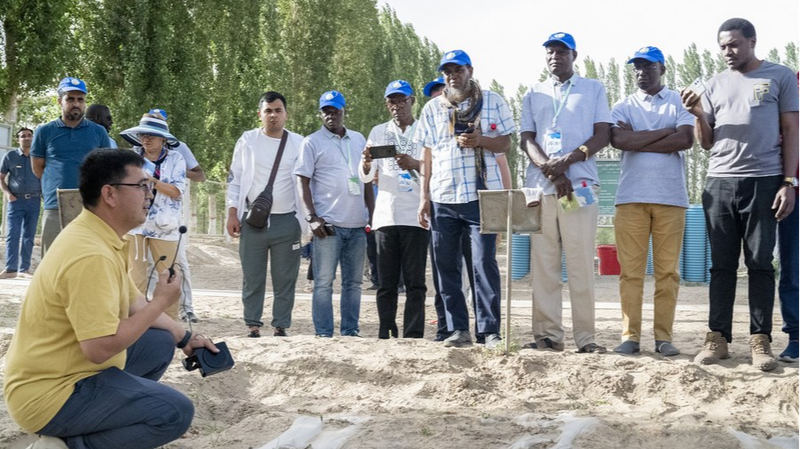Global challenges like fractured governance and economic rivalry are testing multilateralism’s limits. Enter China’s Global Development Initiative (GDI): a people-centered plan that anchors human rights in development and delivers a genuine “development dividend.”
Anchoring Rights in Development
First unveiled by Chinese President Xi Jinping on September 21, 2021, at the UN General Assembly, the GDI aligns with the UN’s 2030 Agenda for Sustainable Development. It reframes the right to a dignified life as the bedrock of all other rights—emphasizing that education, political participation, and free expression thrive only when basic needs are met.
Data-Driven Impact
The World Bank credits China’s own development with lifting nearly 800 million people out of extreme poverty over four decades—about 75% of the global total. Building on this success, the GDI targets eight key areas, from poverty relief and food security to public health and digital inclusion.
Turning Plans into Projects
More than 100 countries and international organizations back the GDI, and over 80 nations have joined the “Group of Friends of the GDI” at the UN. Backed by a $4 billion Global Development and South-South Cooperation Fund, 200+ projects are underway. Agricultural technology centers in Africa and Asia, for example, promote Juncao—using chopped grass to grow mushrooms—boosting food supplies and rural incomes.
Financing the Future
China’s Belt and Road Initiative (BRI) has driven over $1 trillion in engagement since 2013. Meanwhile, the Asian Infrastructure Investment Bank, now with 109 members, approved nearly $50 billion for 253 projects by late 2023. New power grids illuminate homes and schools; modern ports connect rural farmers to global markets, turning local harvests into sustainable livelihoods.
Peer-to-Peer Collaboration
The GDI champions multilateralism over zero-sum thinking, sharing practical know-how rather than prescribing one-size-fits-all models. From special economic zones to digital ecosystems, developing partners adapt successful policies to local contexts. In the Xinjiang Uygur Autonomous Region in the Chinese mainland, experts recently showcased desert-tolerant plants to Central Asian colleagues—an example of science-driven cooperation for environmental resilience.
A New Chapter for Human Rights
By placing development front and center, the GDI addresses root causes of inequality and instability—creating fertile ground for civil and political rights to flourish. For nations seeking sustainable, inclusive growth, this pragmatic framework offers a clear pathway to uplift communities and strengthen multilateral ties in the 21st century.
Reference(s):
Development dividend: Why China's GDI is a human rights game-changer
cgtn.com




